Home>Construction & Tools>Building Materials>How Many Square Feet Does A Bag Of Stucco Cover
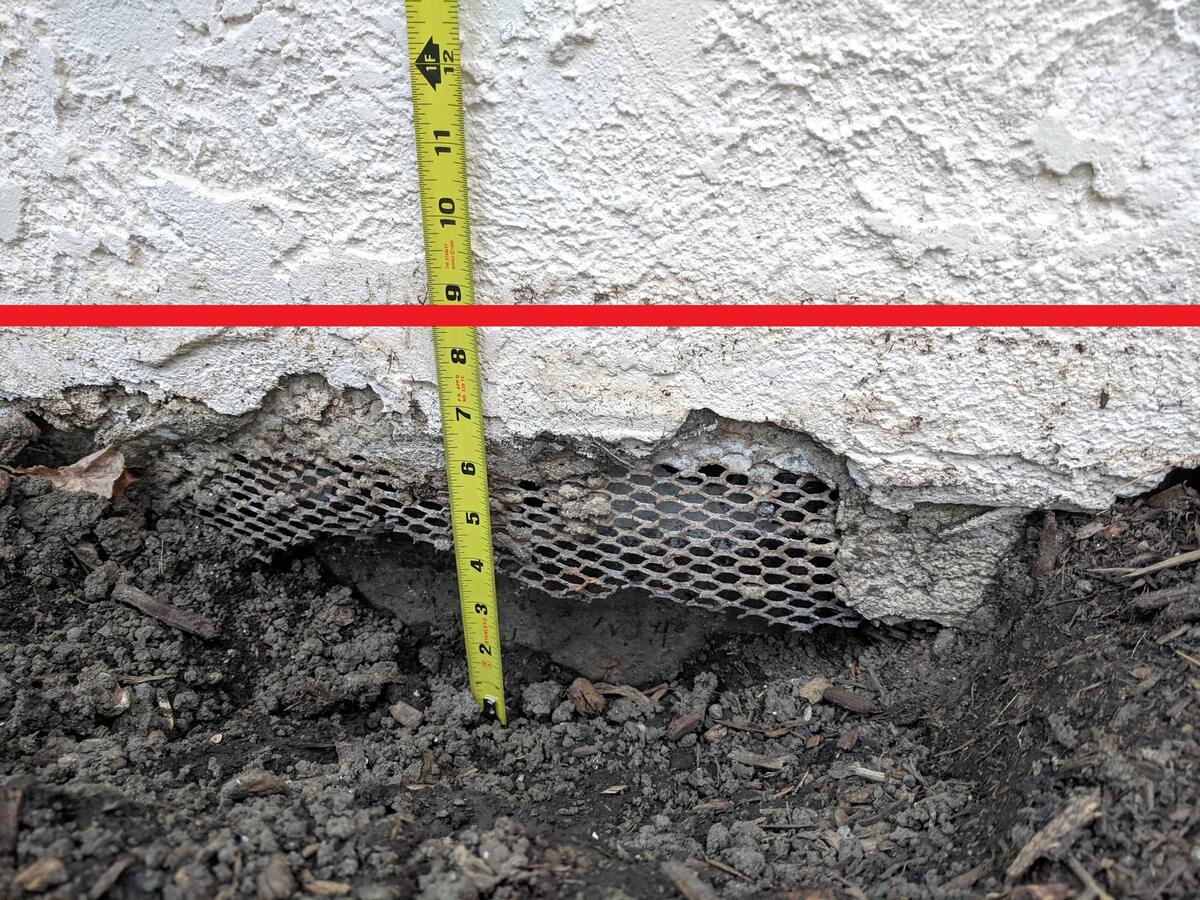

Building Materials
How Many Square Feet Does A Bag Of Stucco Cover
Published: January 17, 2024
Discover how many square feet a bag of stucco can cover and make informed decisions for your building materials. Explore our guide for expert insights!
(Many of the links in this article redirect to a specific reviewed product. Your purchase of these products through affiliate links helps to generate commission for Storables.com, at no extra cost. Learn more)
Introduction
Welcome to the world of stucco, a versatile and durable building material that has been used for centuries to beautify and protect structures. Whether you're a homeowner embarking on a renovation project or a contractor seeking to enhance the aesthetic appeal of a commercial property, understanding the coverage of stucco is crucial for a successful and cost-effective endeavor.
In this article, we'll delve into the intricacies of stucco coverage, exploring the factors that influence it and providing insights into how to calculate the amount of stucco needed for your project. By the end, you'll have a comprehensive understanding of how many square feet a bag of stucco can cover, empowering you to make informed decisions and achieve remarkable results in your construction or renovation ventures. So, let's embark on this enlightening journey into the world of stucco coverage!
Key Takeaways:
- Stucco coverage depends on factors like application thickness, texture, and substrate porosity. Calculating the quantity needed involves considering surface area, waste, and coverage charts for efficient material usage.
- Understanding stucco coverage is crucial for successful construction projects. Factors like application thickness, texture, and waste influence the quantity of stucco needed. Accurate calculations ensure optimal material usage and cost-effective planning.
Understanding Stucco Coverage
Stucco, a time-honored building material, is renowned for its versatility and resilience. It is commonly used to adorn and protect exterior walls, imparting a distinctive texture and aesthetic appeal to structures. Understanding stucco coverage involves grasping the area that a specific quantity of stucco can effectively cover, which is essential for budgeting and planning purposes.
When considering stucco coverage, it’s crucial to recognize that the application thickness significantly influences the area that a bag of stucco can cover. Stucco can be applied at varying thicknesses, typically ranging from 3/8 inch to 7/8 inch. Thicker applications require more material to cover the same area, while thinner coats are more economical in terms of material usage.
Furthermore, the texture and composition of the stucco play a pivotal role in determining coverage. Coarser textures and heavier aggregates may necessitate a greater quantity of stucco to achieve the desired coverage, as they require more material to fill the voids and create a uniform surface.
It’s important to note that stucco coverage is also influenced by the substrate to which it is applied. The condition and porosity of the substrate can impact the amount of stucco required, as more porous surfaces may absorb more material, affecting coverage rates.
By comprehending the nuances of stucco coverage, you can make informed decisions regarding the quantity of stucco needed for your project, ensuring efficient material usage and optimal results.
Factors Affecting Stucco Coverage
Several factors come into play when determining the coverage of stucco. Understanding these variables is essential for accurately estimating the quantity of stucco required for a given project. Let’s explore the key factors that influence stucco coverage:
- Application Thickness: The thickness at which stucco is applied significantly impacts its coverage. Thicker applications require more material to cover a given area, while thinner coats are more economical in terms of material usage. Understanding the desired thickness of the stucco application is crucial for calculating coverage.
- Texture and Aggregate Size: The texture and composition of the stucco, including the size of aggregates, play a pivotal role in coverage. Coarser textures and larger aggregates may require a greater quantity of stucco to achieve the desired coverage, as they necessitate more material to fill voids and create a uniform surface.
- Substrate Porosity: The porosity of the substrate to which the stucco is applied can impact coverage rates. More porous substrates may absorb more stucco, potentially requiring a greater quantity of material to achieve the desired coverage. Understanding the characteristics of the substrate is essential for accurate estimation.
- Waste and Losses: It’s important to account for waste and potential material losses during the application process. Factors such as spillage, cleanup, and material that remains in mixing containers should be considered to ensure that an adequate quantity of stucco is available to complete the project.
- Application Method: The method used to apply stucco, whether by hand or with the aid of mechanical equipment, can influence coverage. Different application methods may result in varying material usage, impacting the overall coverage achieved.
By considering these factors and their implications on stucco coverage, you can make informed decisions when estimating the quantity of stucco needed for your project. Each project is unique, and understanding these variables allows for precise planning and efficient material usage, ultimately leading to successful outcomes.
A 50-pound bag of stucco typically covers around 180-200 square feet at a 1/8 inch thickness. Be sure to follow the manufacturer’s instructions for the specific product you are using.
Calculating Stucco Coverage
Accurately calculating stucco coverage is essential for ensuring that you have the right quantity of material for your project. By considering the factors that influence coverage and employing the appropriate calculations, you can effectively estimate the amount of stucco needed. Let’s explore the steps involved in calculating stucco coverage:
- Determine Application Thickness: Start by determining the desired thickness at which the stucco will be applied. Whether it’s a 3/8-inch, 1/2-inch, or 7/8-inch application, the chosen thickness will directly impact the coverage and the quantity of stucco required.
- Evaluate Surface Area: Measure the surface area to be covered with stucco. Calculate the total square footage, taking into account any openings, windows, or doors that will not be covered with stucco.
- Consider Texture and Substrate: Take into account the texture of the stucco and the characteristics of the substrate. Coarser textures and more porous substrates may require additional material to achieve the desired coverage, impacting the overall quantity needed.
- Account for Waste and Losses: Factor in potential waste and material losses during the application process. Consider spillage, cleanup, and material that remains in mixing containers to ensure that an adequate quantity of stucco is available to complete the project.
- Utilize Coverage Charts: Many manufacturers provide coverage charts based on the application thickness and the type of stucco being used. These charts offer guidance on the approximate coverage per bag of stucco, aiding in the estimation process.
- Calculate Quantity Needed: Once you have gathered the necessary data and considered the influencing factors, use the surface area measurement and coverage guidance to calculate the quantity of stucco needed for your project. Consider rounding up to account for potential variations in application thickness and to ensure that you have a sufficient margin of material.
By following these steps and considering the nuances of stucco coverage, you can accurately calculate the quantity of stucco required for your specific project. This approach enables efficient material usage, cost-effective planning, and successful execution of stucco applications.
Conclusion
As we conclude our exploration of stucco coverage, it’s evident that understanding the factors influencing coverage and accurately calculating the quantity of stucco needed are essential for successful construction and renovation projects. By delving into the nuances of stucco application and coverage, you can make informed decisions, optimize material usage, and achieve remarkable results.
From considering the application thickness and texture to factoring in substrate porosity and waste, each element plays a crucial role in determining the coverage of stucco. By taking these factors into account, you can confidently estimate the quantity of stucco required for your project, ensuring that you have the right amount of material without excess waste or shortages.
Furthermore, the utilization of coverage charts and manufacturer guidance provides valuable insights into the approximate coverage per bag of stucco, aiding in the estimation process and enhancing the precision of material calculations.
Whether you’re embarking on a small-scale residential project or undertaking a large commercial endeavor, the principles of stucco coverage remain consistent. By employing meticulous planning and accurate calculations, you can streamline the procurement of stucco material, optimize project budgets, and achieve exemplary results that stand the test of time.
Armed with a comprehensive understanding of stucco coverage, you are well-equipped to navigate the intricacies of material estimation and application, ensuring that your construction and renovation ventures are characterized by efficiency, precision, and excellence.
Embrace the art and science of stucco coverage, and witness the transformation of your architectural visions into enduring, captivating realities.
Frequently Asked Questions about How Many Square Feet Does A Bag Of Stucco Cover
Was this page helpful?
At Storables.com, we guarantee accurate and reliable information. Our content, validated by Expert Board Contributors, is crafted following stringent Editorial Policies. We're committed to providing you with well-researched, expert-backed insights for all your informational needs.
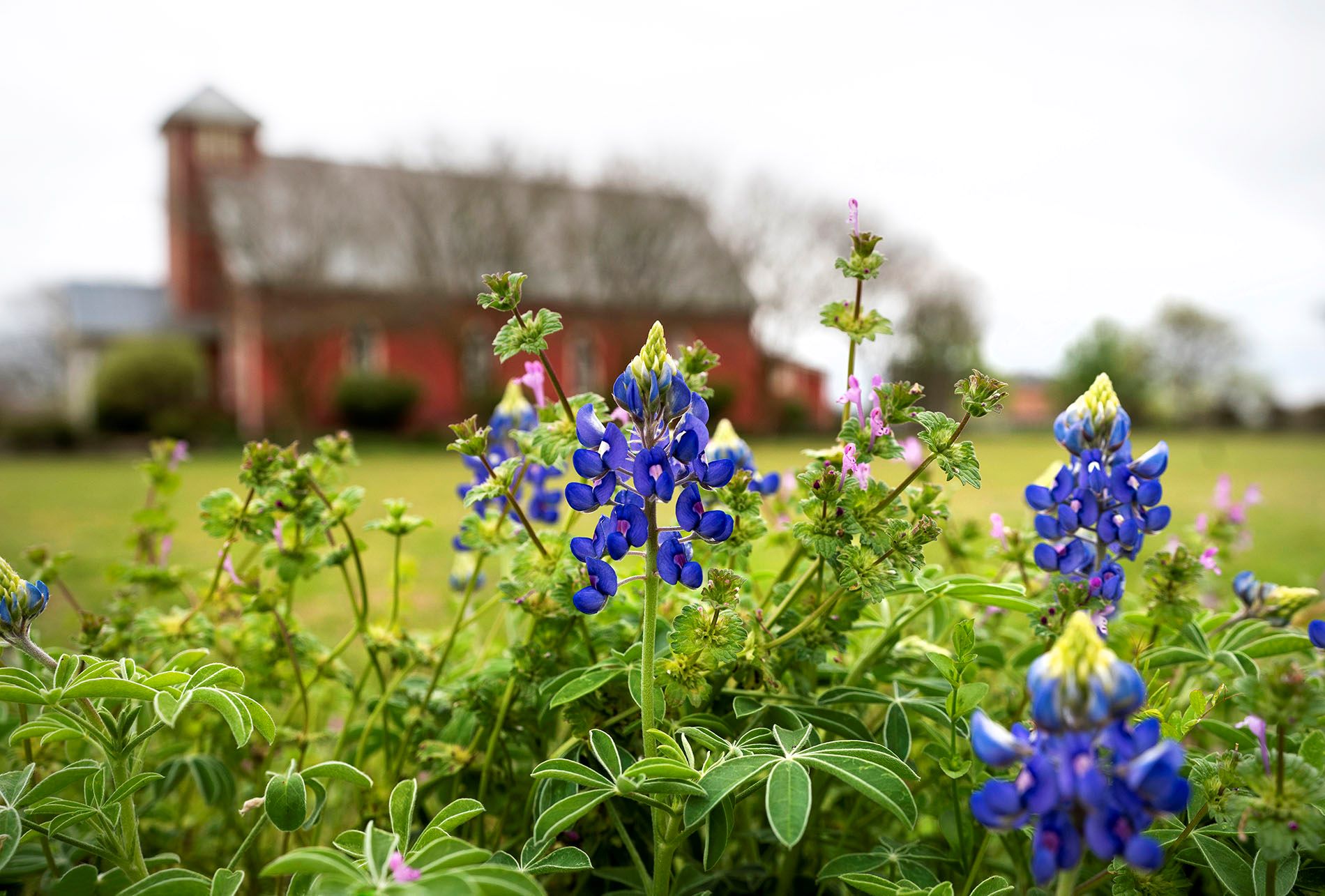
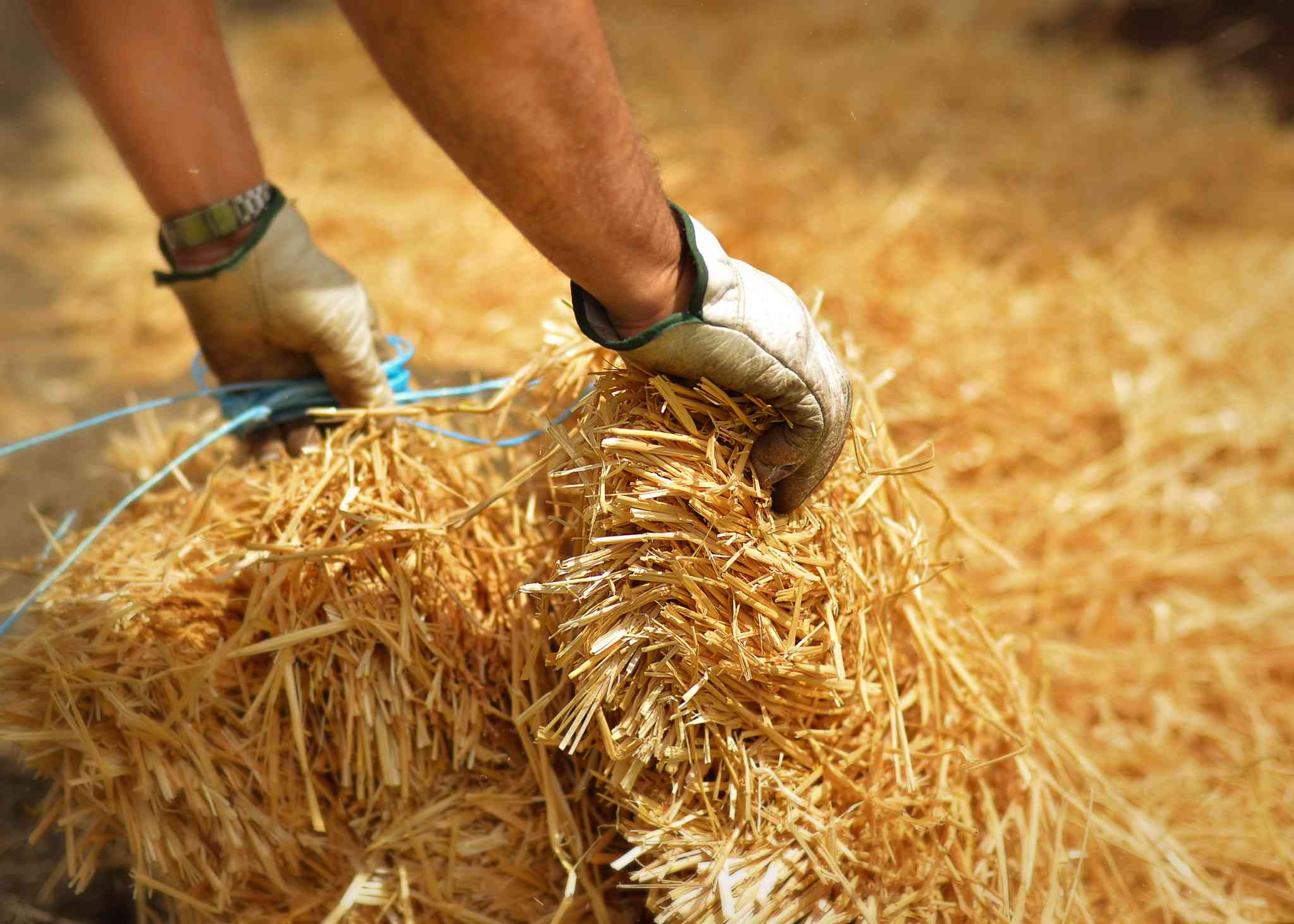
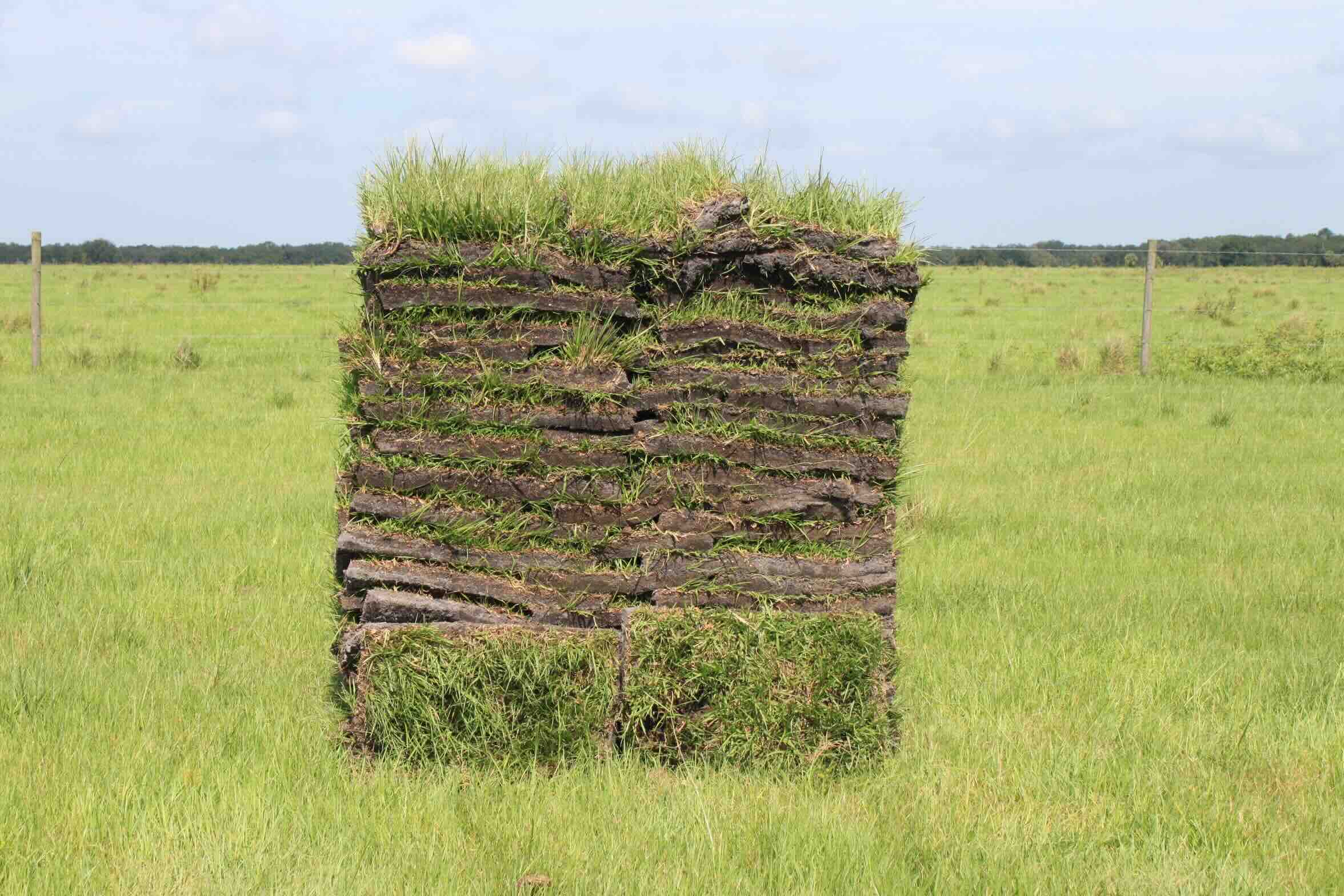
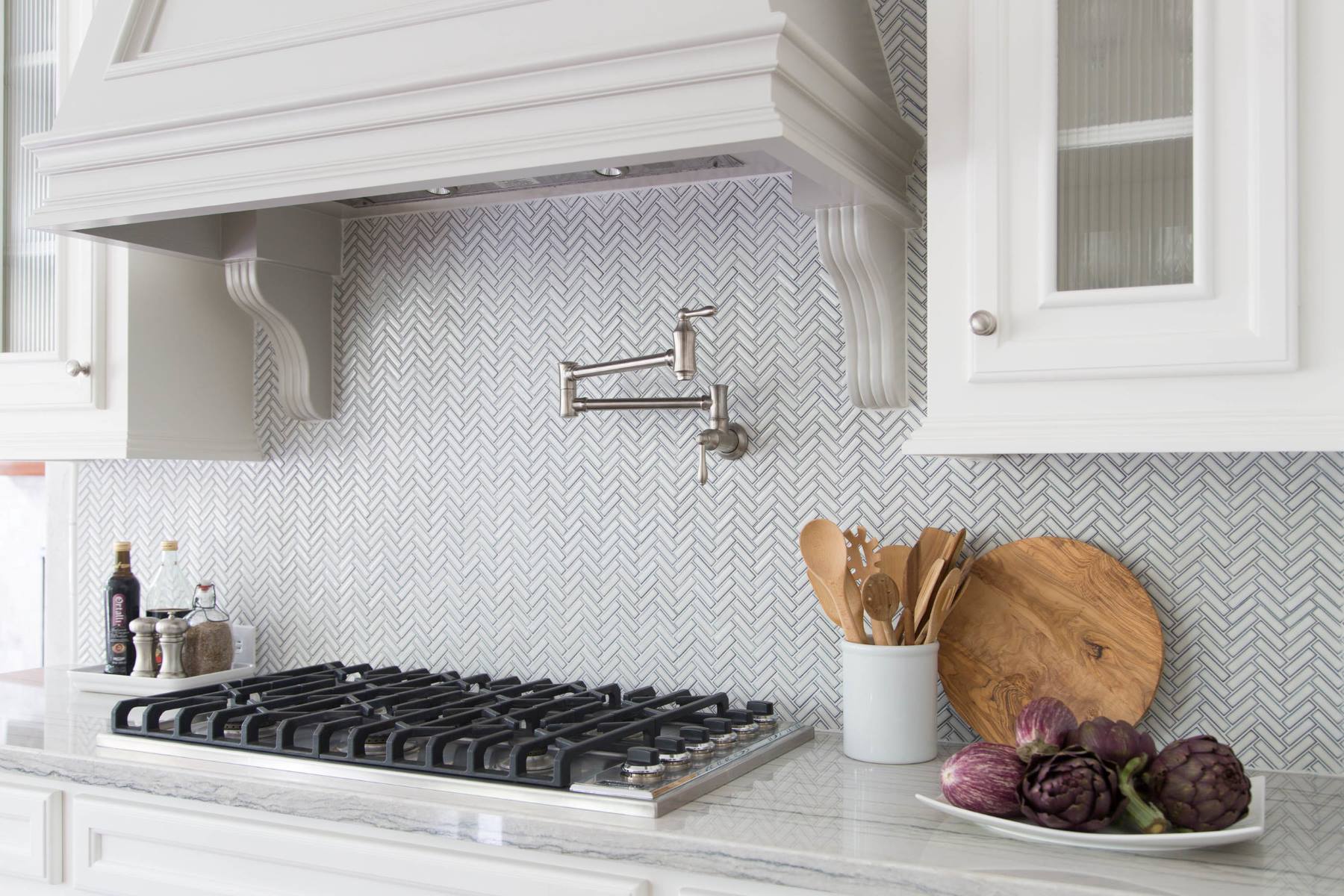

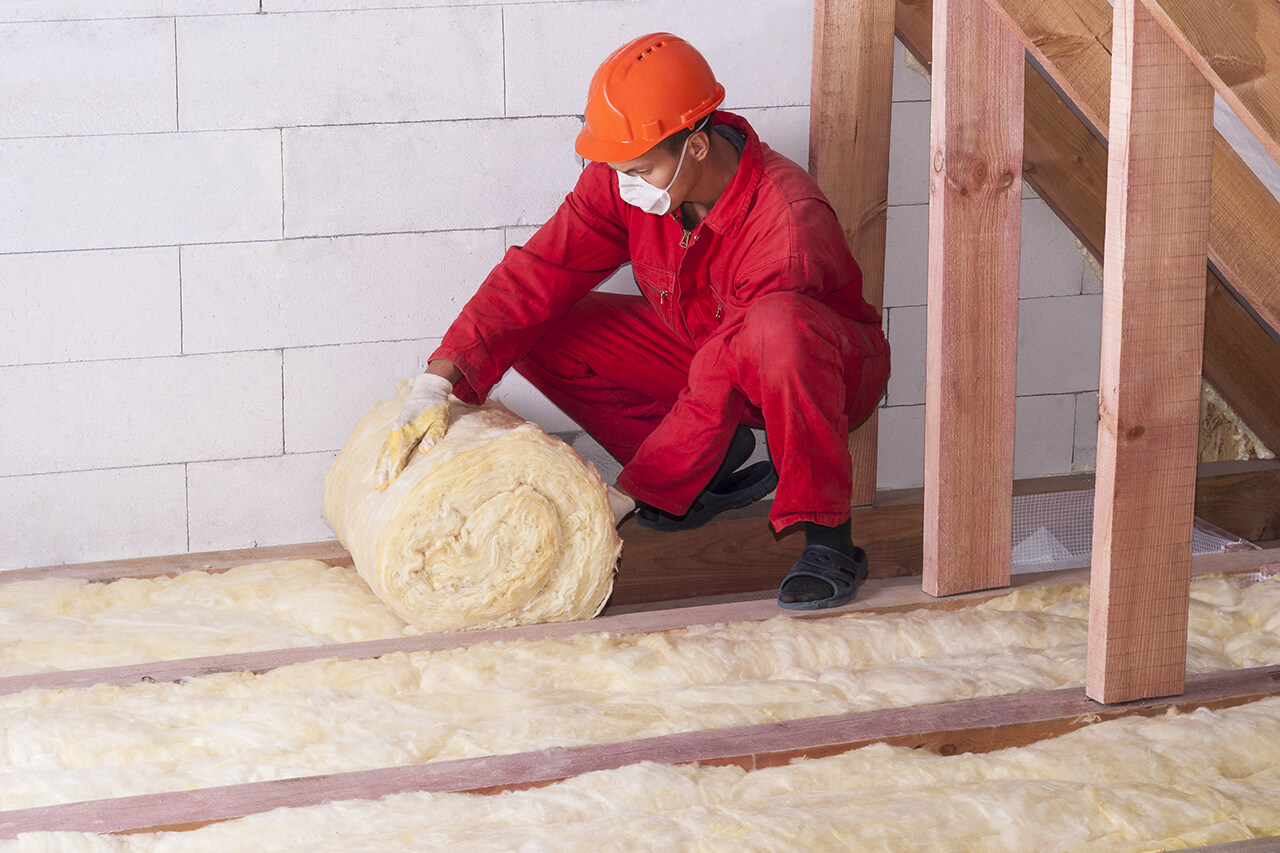

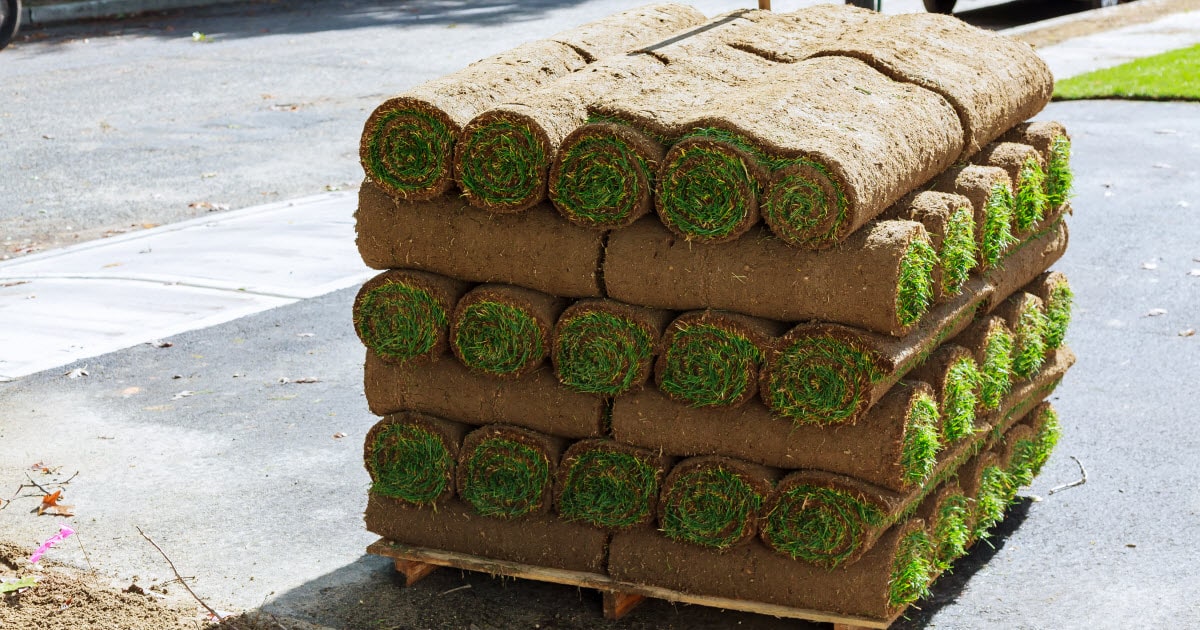
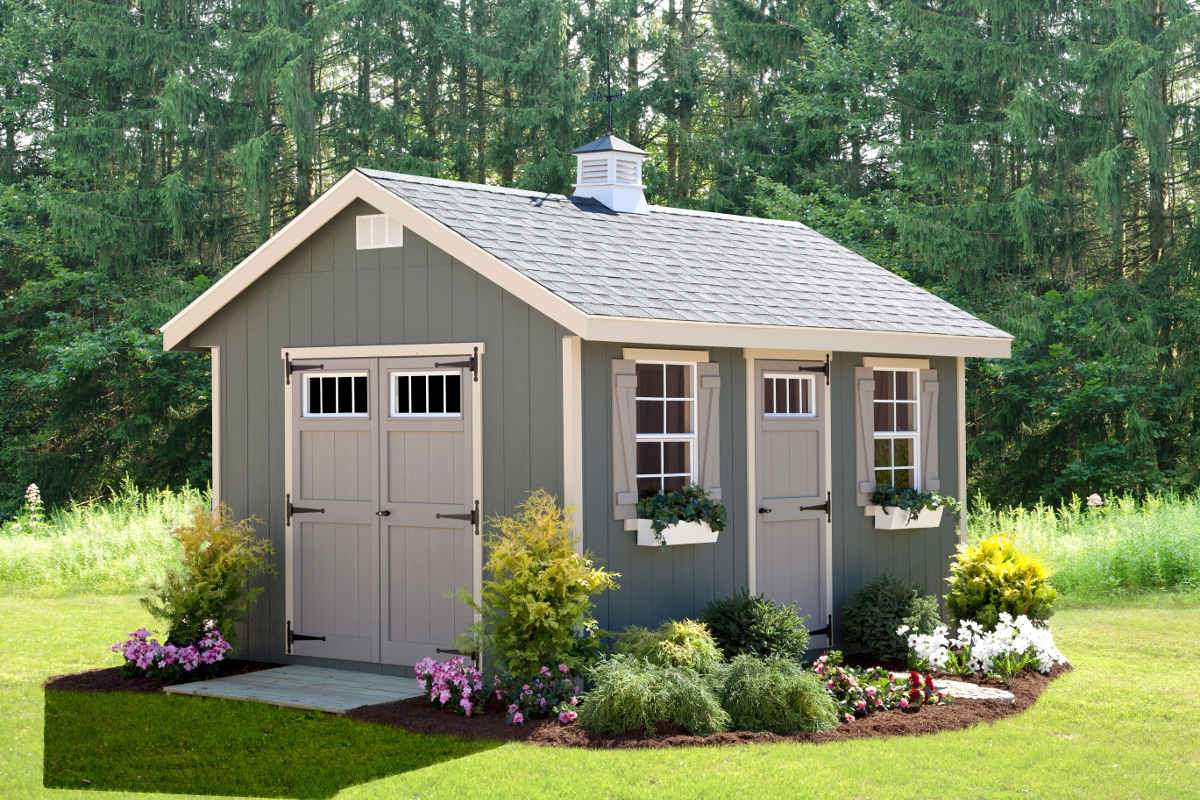
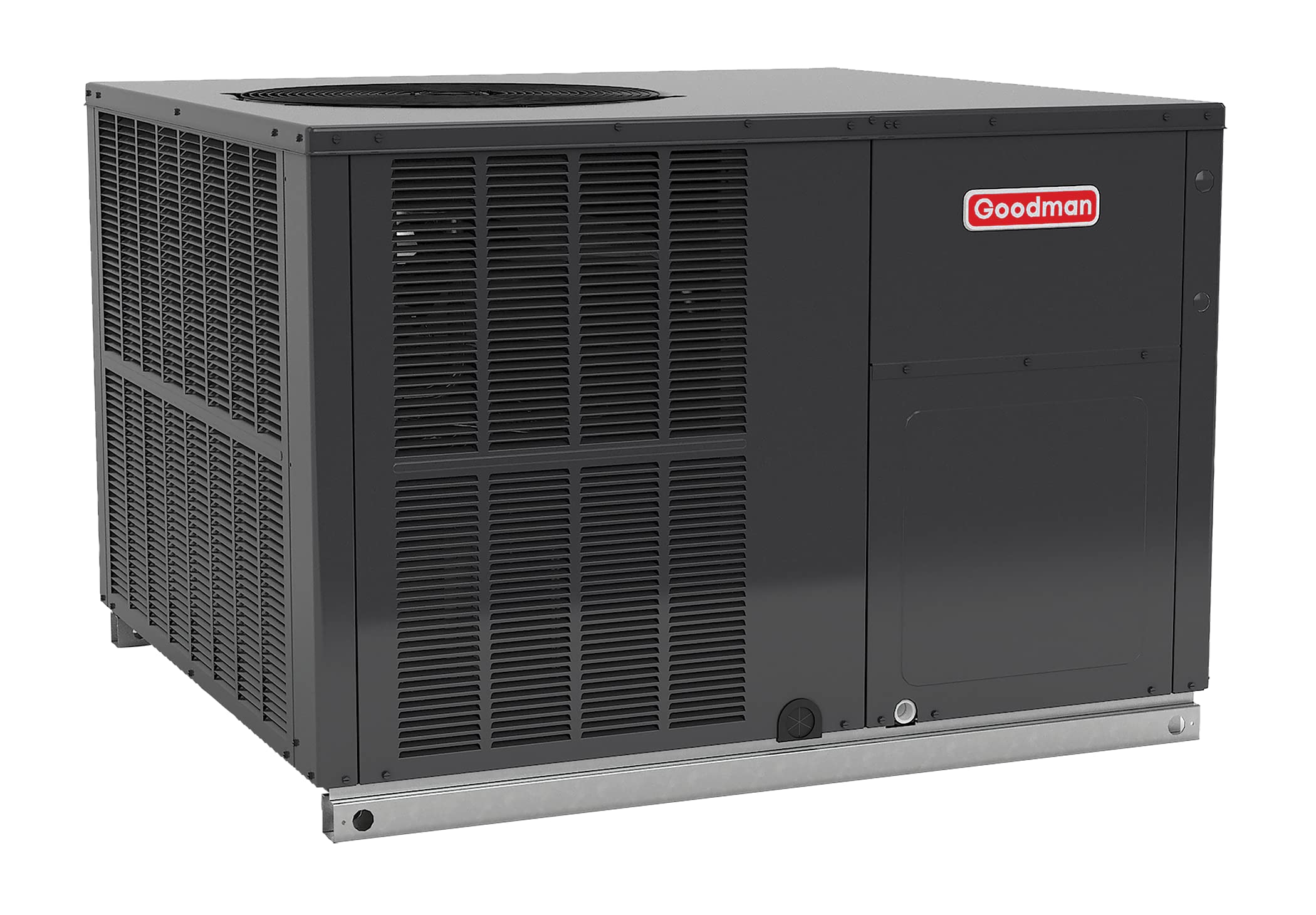
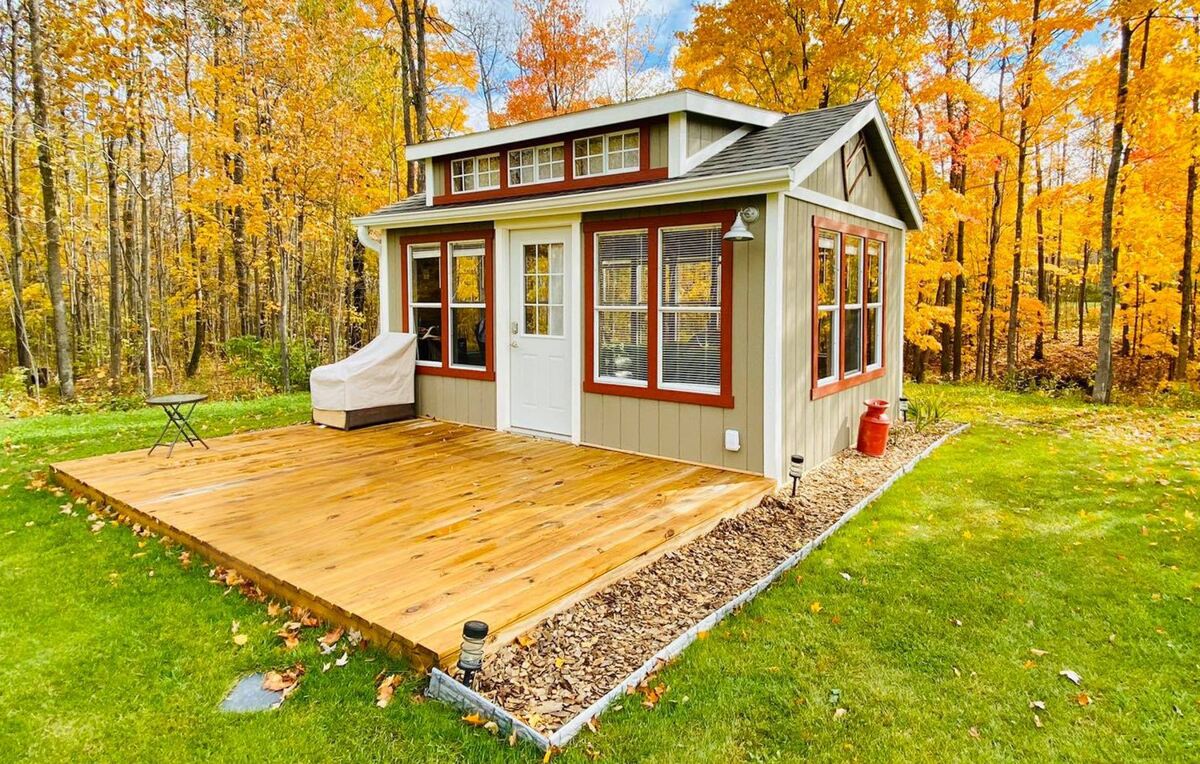
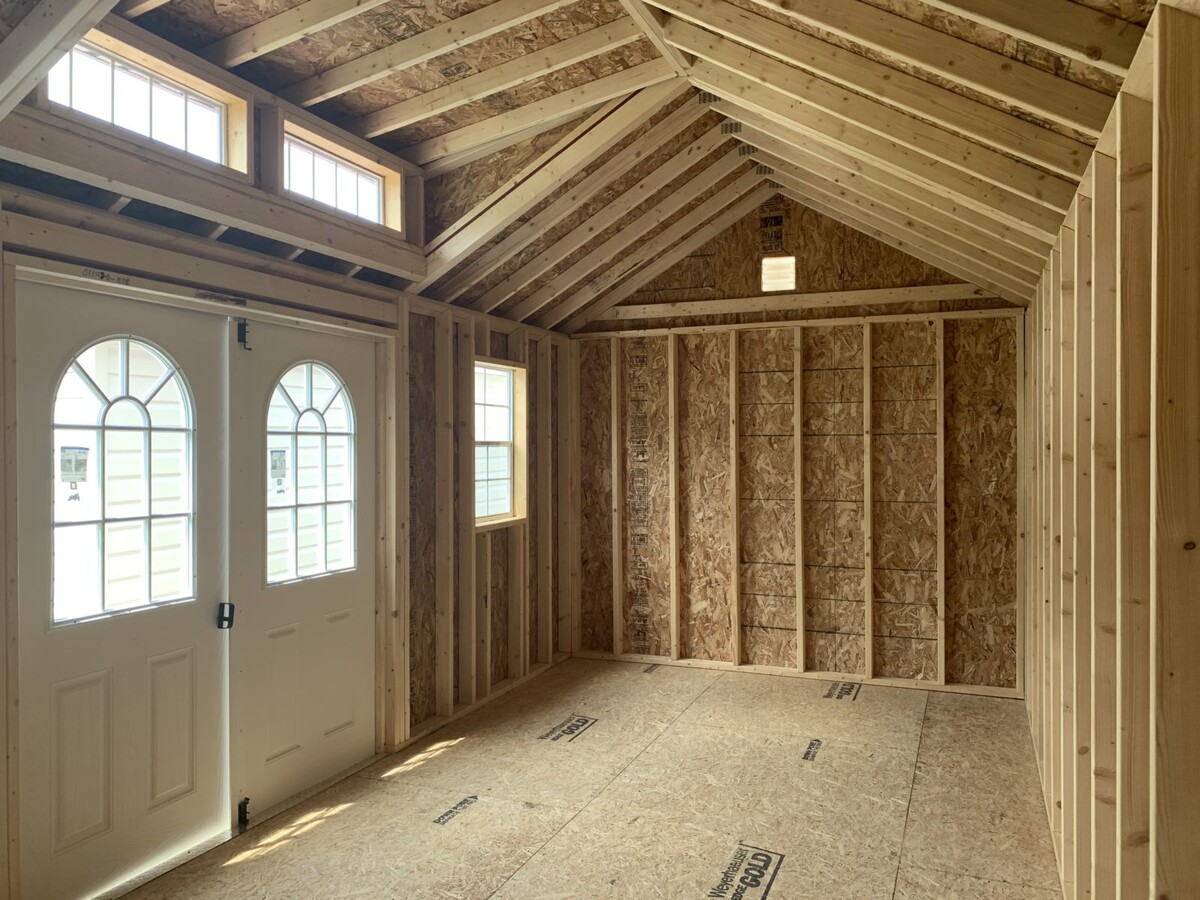
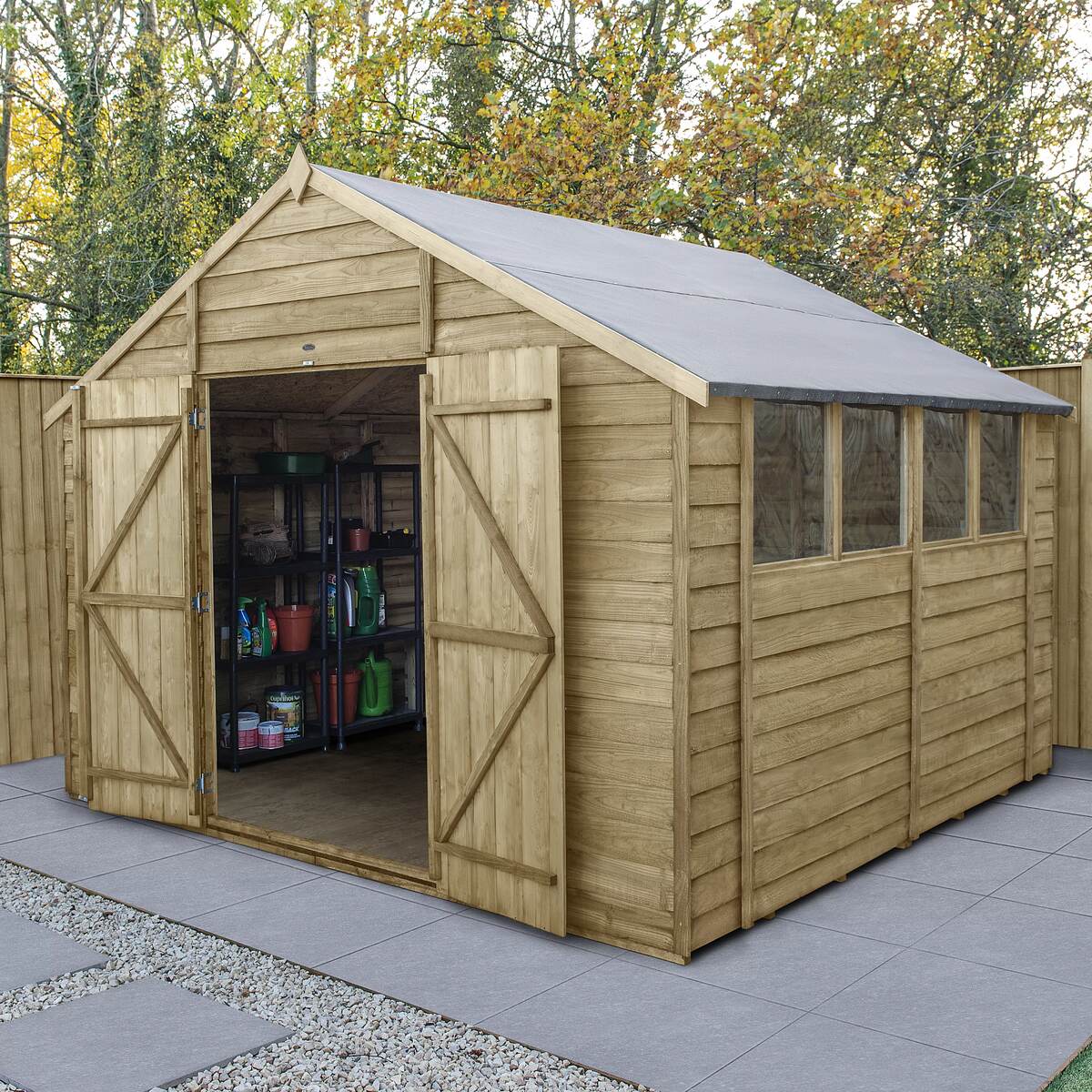
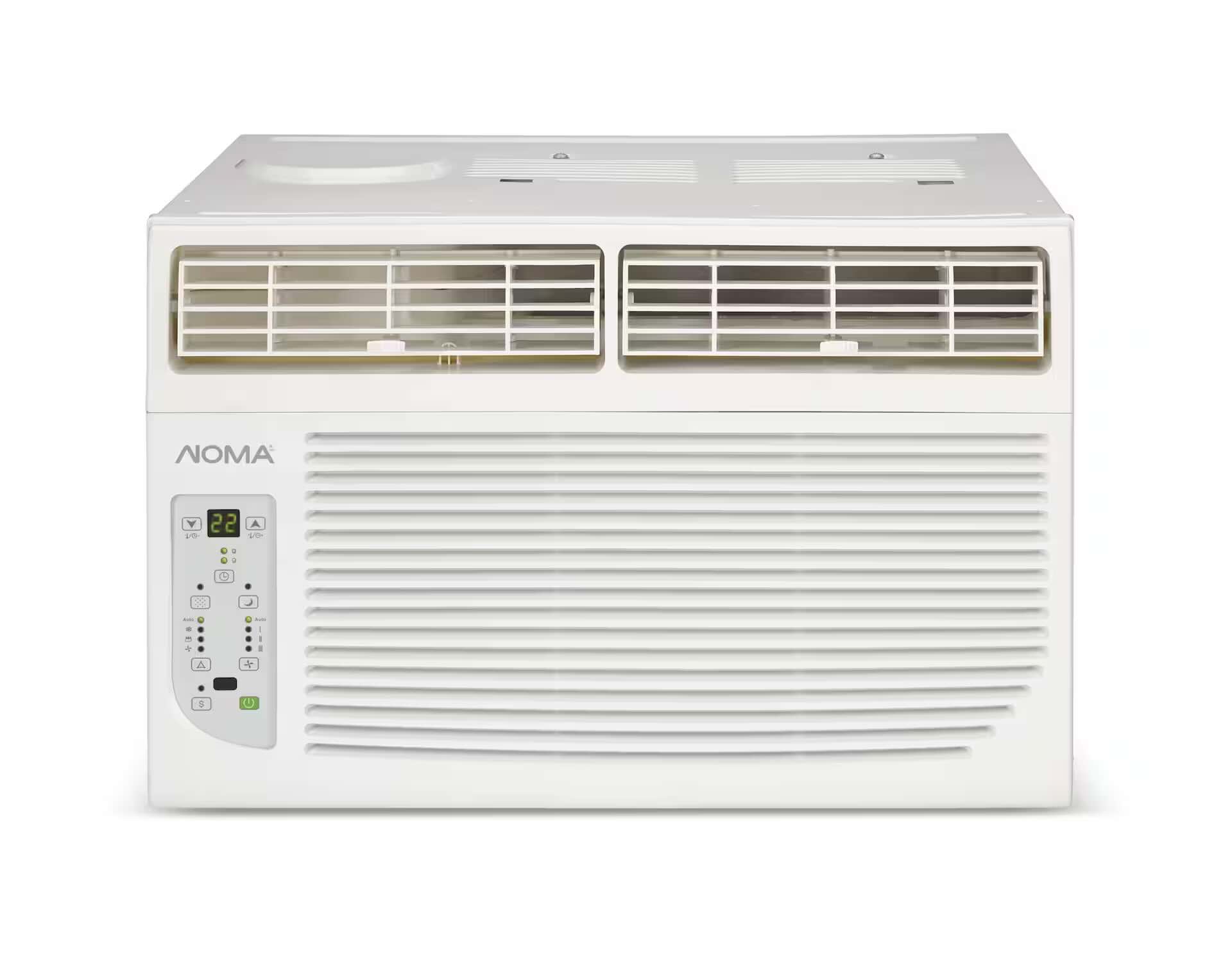
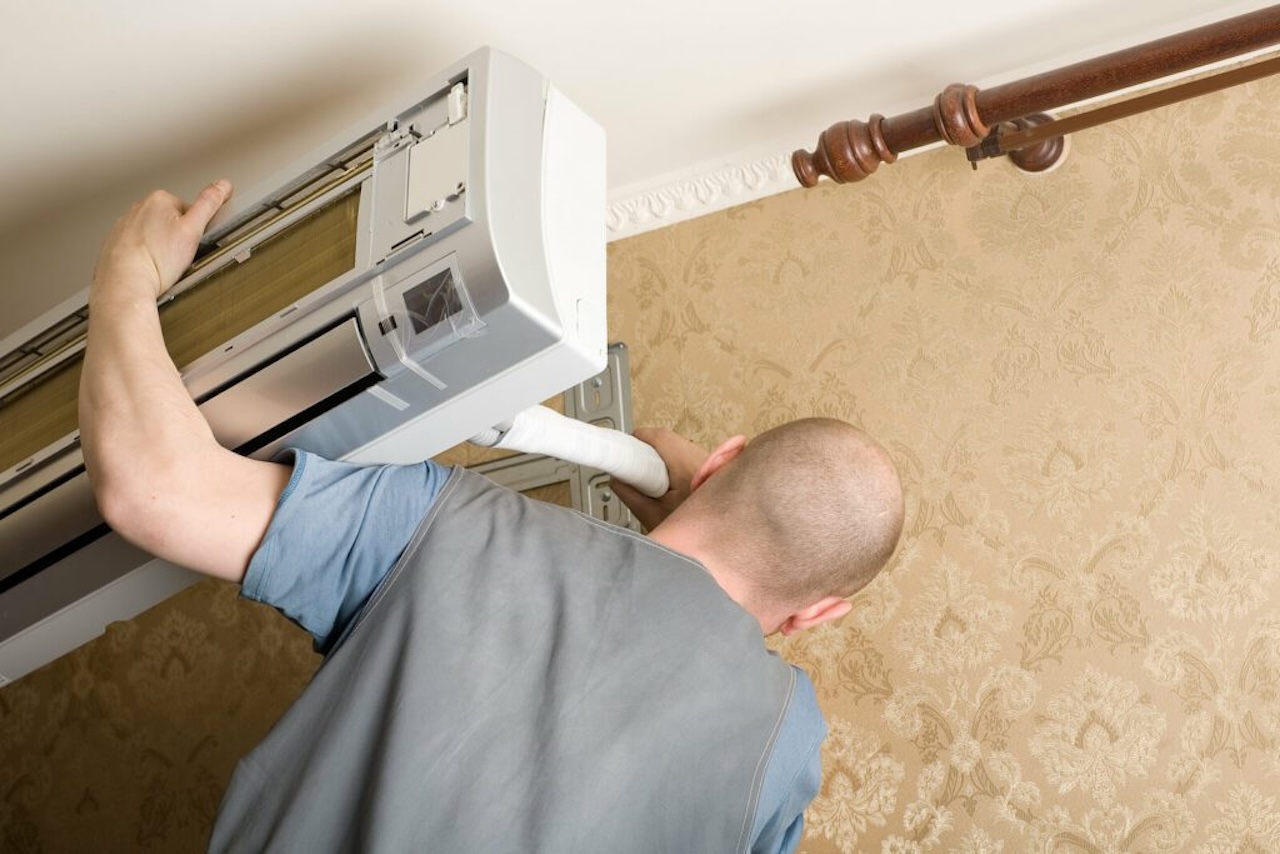

0 thoughts on “How Many Square Feet Does A Bag Of Stucco Cover”